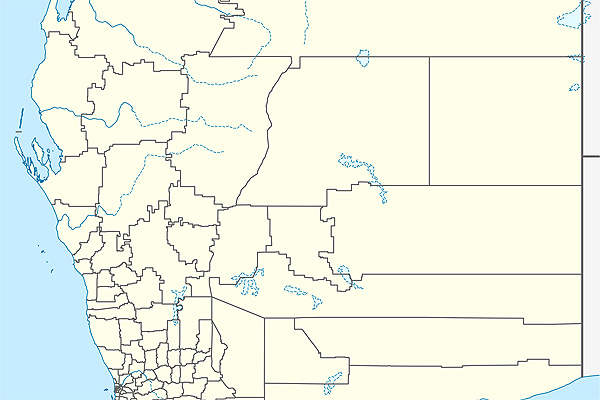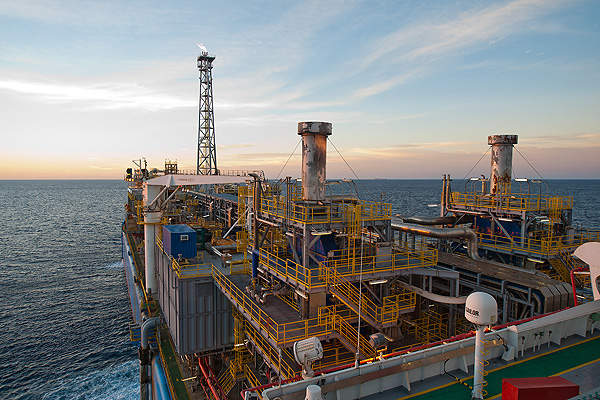The Coniston Development Project is located in blocks WA-35-L and WA-44-R of Exmouth Basin in offshore north-west Australia, in water depths ranging between 40m and 400m.
The project consists of the development of two offshore oil fields, namely Coniston and Novara, via subsea tieback to the operating Van Gogh oilfield located 6km south.
The subsea development project was owned by the joint venture (JV) between Apache and INPEX until June 2015, when Apache exit from the project by selling its Australian exploration and production operations to a consortium of private equity funds managed by Macquarie Capital Group and Brookfield Asset Management. Apache owned 52.501% interest as the operator and INPEX holds the remaining interest in the project. The Van Gogh field was also owned by the same JV until the sell-off.
The oil reserves of the project are estimated to be 15.7 million barrels. The first oil from the project was achieved in May 2015 with an average production of approximately 18,000 barrels a day during the first year.
Coniston Development Project background
The Novara field was discovered in 1989, whereas the Coniston field was developed in 2000. The Apache-INPEX JV acquired interests in the two blocks containing these oil fields from BHP Billiton in 2009.
The JV planned to develop the project as a tieback to the existing subsea infrastructure of the Van Gogh oil field in early 2011. The final investment decision on Coniston Development Project was taken by the JV in December 2011.
The Van Gogh oil project located 6km north of Coniston Development Project was discovered in 2003 and brought on stream in the first quarter of 2010.
The field is operated with 13 subsea wells tied into two large subsea manifolds, which are subsequently connected to the Ningaloo Vision floating production, storage and offloading (FPSO) vessel, owned by the JV, via flexible flowlines and risers.
The Van Gogh field was Apache’s first-ever FPSO-based offshore development.
Details of Australia’s offshore development project
The Coniston subsea development involved seven production wells, six production wells at Coniston and one production well at Novara.
Coniston production wells are connected to a new subsea manifold. Novara is installed with a pipeline end manifold (PLEM).
The fluid output from these two fields is sent to Van Gogh manifolds. The wells are tied to the existing Van Gogh manifolds via two 12in production flow lines and fluids are sent to the FPSO via flexible flow-lines and riser bases.
The subsea development included a new umbilical too, which connects the Coniston manifold, PLEM and the trees to the existing Van Gogh subsea infrastructure for chemical injection, control and monitoring.
The dry gas required for well gas lift is supplied from the FPSO through new 4in and 6in gas injection lines.
Ningaloo Vision FPSO deployment
The fluid output of Coniston Development is processed by the Ningaloo Vision FPSO deployed for Van Gogh offshore oil operation.
Topside facilities of the FPSO vessel are purpose-built for onboard separation, stabilisation and dehydration of oil and gas drawn from the fields.
The processing capacity of the FPSO was 150,000 barrels of liquids a day, including 63,000 barrels of oil a day and a storage capacity of 540,000 barrels of oil. The FPSO underwent upgrades and modification to accommodate the Coniston Development production.
Contractors involved with Coniston Development Project
EMAS AMC, the subsea division of Singapore-based offshore service provider Ezra, was awarded a contract in February 2012 for transport and installation of subsea equipment, including the manifold, PLEM, umbilicals and flow-lines for the Coniston Development.
Initially valued at $70m, the scope of the contract also included the spool fabrication.










